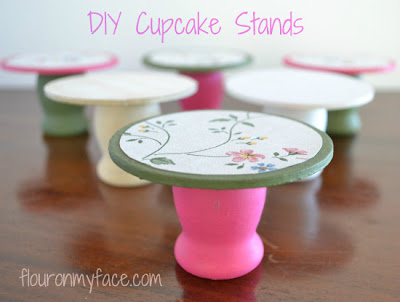Hand Dyeing Fabric
Pot of onion skins with fabric
My interest in hand dying things started way back in 2000 when I first started making handmade paper. It's fun to throw a handful of flowers into your pulp and watch your paper fibers turn from white to pale pink or purple depending on the type of flower you have added to your fibers.
I still make paper every year but now I am enjoying myself experimenting with natural dyes for my fabric and trims. Most arty people have probably already coffee or tea stained some paper or fabric to use in their art. Or maybe you have used walnut ink, which is also a natural dye and can be made relatively easy at home.
Lace, Muslin, Cheesecloth and Cotton Fabric dyed with onion skins
A very simple way to dye fabric yellow is to use onion skins from a yellow onion. I have read that you can also use purple onion skins but I have never tried myself.
When one ventures into the world of hand dyeing from nature and you start your search for information like I did you will find many recipes/intructions on the internet and in books. I have read many books and many websites on the matter and as usual I take in the info and go at it myself using some of the information.
After reading all the information I found I was about to give up because the info can be a bit overwhelming. But I decided that I would just jump in and see what happened.
One important piece of info on hand dyeing is that you should use a mordant. Because some mordants are poisonous and dangerous for the dyer and those around her I decided that I would try the safest one suggested which is Alum. Alum is sold in most grocery stores in the spice aisle.
I have tea and coffee dyed muslin in the past without using a mordant and was very happy with the results. Now that I had some Alum on hand I wanted to see what difference it would make when using onion skins.
Cheesecloth on the left without mordant. Cheesecloth on the righ with mordant.
If you enlarge the above photo you can see the difference in the colors I achieved. The cheese cloth with the mordant is a very nice consistent light yellow.
The cheesecloth with out the mordant is a splotchy orange/yellow color.
I'm happy with the way each type of fabric took to the dye with or with out the mordant.
Close up of cheesecloth
A couple of weeks ago using the solar dyeing method I also dyed a small piece of muslin using grape vine stems. I really liked the soft brown color I got so I have started another jar of grape vine stems, placed out side in the sun. I am planning on dying a bigger piece of muslin with and without mordant. I'll let you know how that turns out.
Thanks for stopping by !
Arlene







Comments